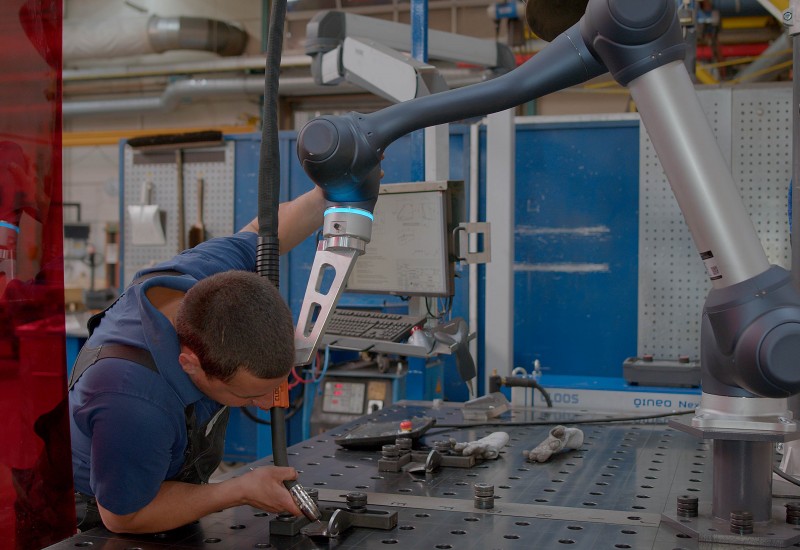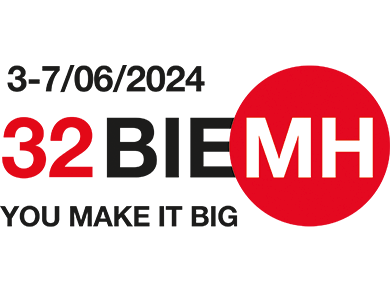Manufacturer spend on simulation software will surpass US$2.5b in 2025
Traditionally, simulation software was only used to tweak production lines. Today, it is utilised to test new concepts, accelerate product development and demonstrate regulatory compliance. These new uses will spur manufacturer’s spend on simulation software to US$ 2.6 billion in 2025, according to a new report from global tech market advisory firm, ABI Research.
Often manufacturers invest in simulation software only when there is uncertainty about making changes to a production line or when building a new line is too expensive. That is because downtime is costly in terms of operational efficiencies and a manufacturer’s reputation is on the line if customer orders are delayed.
“But now, new use cases have proven that by investing in simulation software, manufacturers can identify and solve issues in advance. Simulation software can also be used to simulate how components work together in creating new products and simulating process flows to demonstrate compliance,” explained Michael Larner, Principal Analyst, ABI Research.
Notable use cases for simulation software include AnyLogic helping General Dynamic (NASSCO) improve its handling of the thousands of parts flowing though its shipyards and Siemens modelling Electrolux’s factories to identify operational efficiencies. Dassault Systèmes is helping Global Trailers accelerate the processes for bringing new trailers to market.
The more complex the production line and the engineering process, the greater the demand for simulation software.
“Testing in the digital world before going live on the factory floor becomes critical when mistakes are possible and expensive to rectify,” added Larner.
Manufacturers are taking note. The global total for the number of simulation software users will grow from 60,000 in 2018, to 110,000 at the end of 2025 and 172,000 at the end of 2030, according to the analyst. The bottom line is that manufacturers need to invest in simulation software to identify and understand risk.
“The strongest argument for simulation software is about ROI. The financial and reputational costs associated with a failure on the production line can be catastrophic,” concluded Larner.
These findings are from ABI Research’s ‘Industrial Simulation Use Cases: How Simulation Software Benefits Manufacturers’ Operations’ application analysis report.



























Recent comments